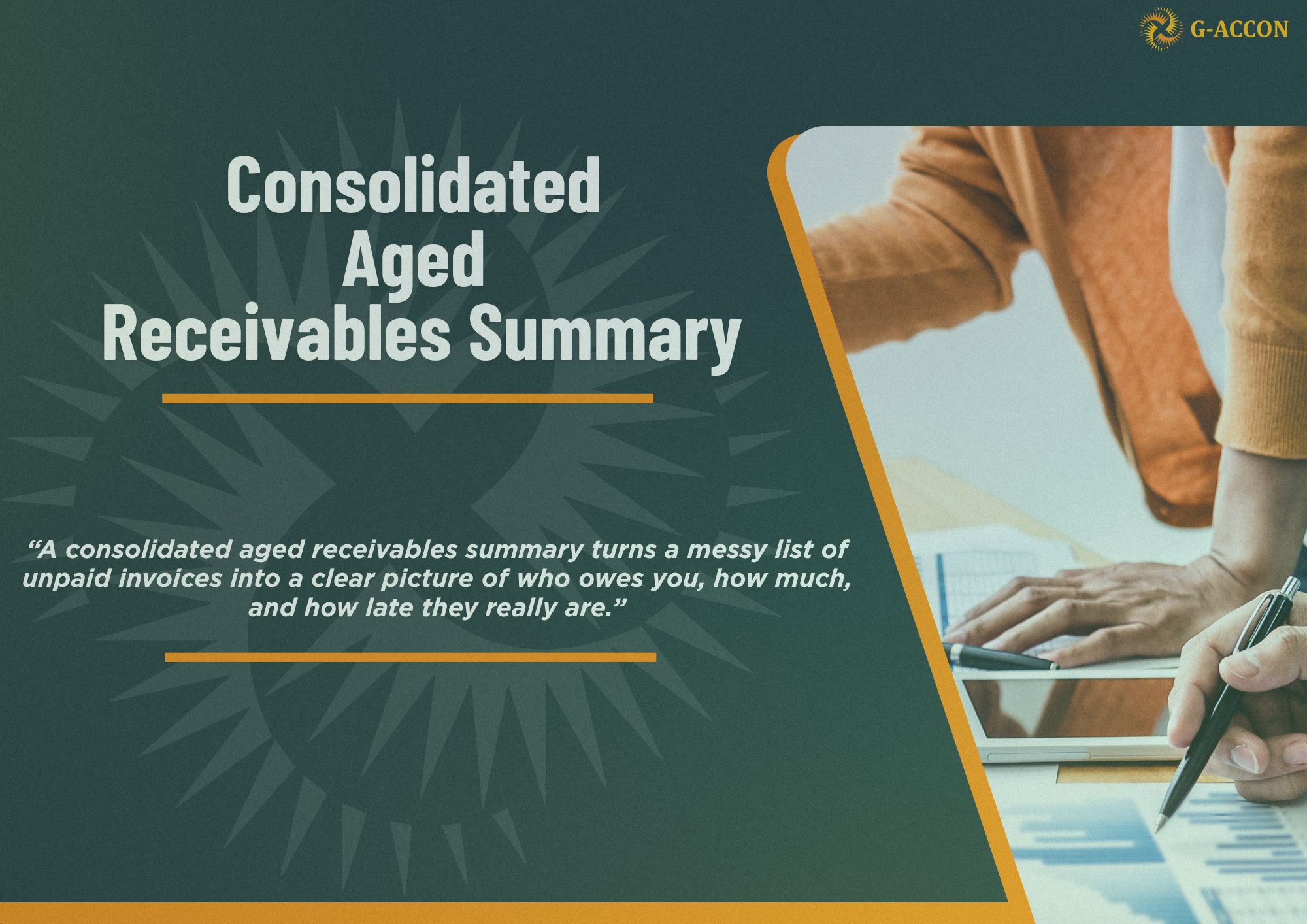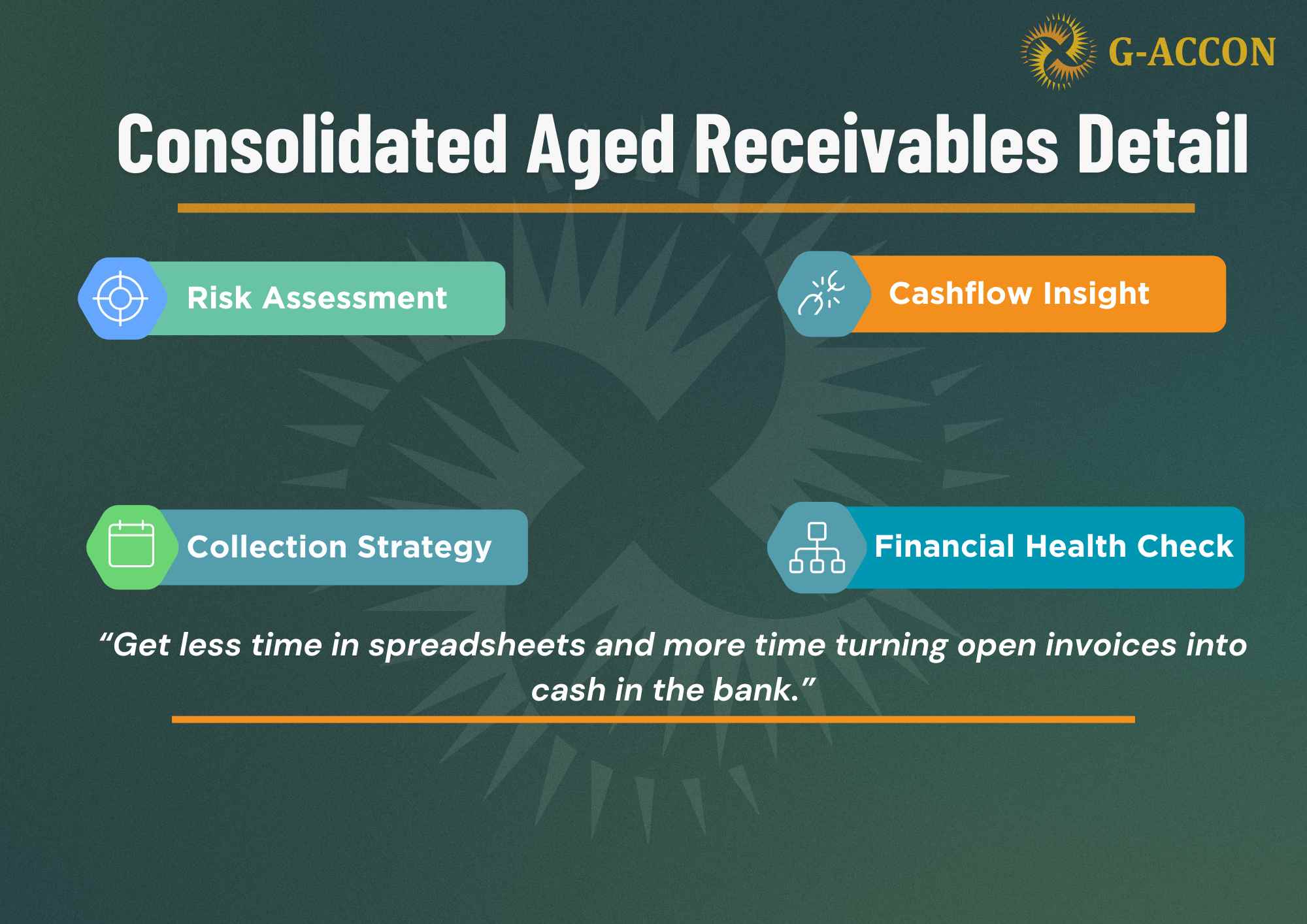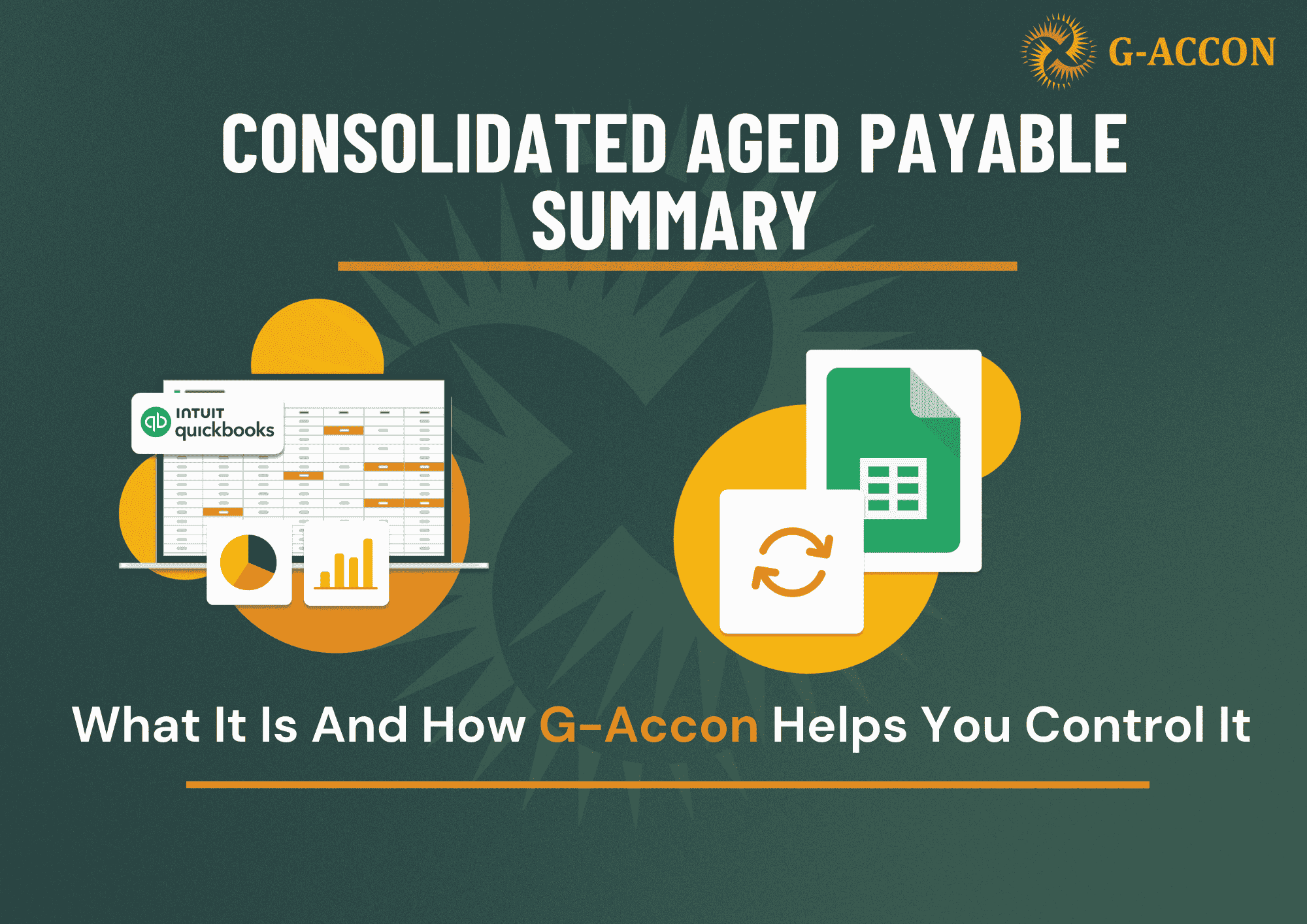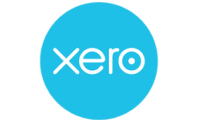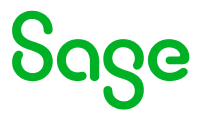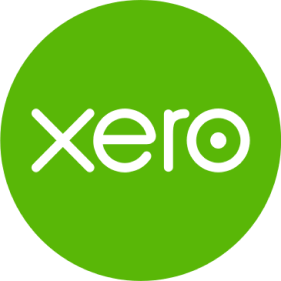Managing multiple companies in QuickBooks or Xero can feel like juggling spreadsheets with one hand tied behind your back. Most small business accounting tools weren’t built for consolidation. But that doesn’t mean it has to stay manual, messy, or frustrating.
Today, there are a handful of reporting tools built specifically to help you bring multiple entities together, cleanly and clearly. Some prioritize visuals. Some are spreadsheet powerhouses. Some are just easier to use than others. This article covers five of the best options available—and why one might fit better than the rest, depending on how you work.
1. Fathom

Integrates with: QuickBooks Online, Xero
Best for: Performance insights and polished dashboards
Fathom stands out for how clean everything looks. It's more than just a reporting tool—it feels like a storytelling tool for your numbers. And when you’re working across multiple companies, presentation can matter just as much as precision.
You can pull in data from several entities, handle intercompany eliminations, convert currencies, and then build dashboards that are actually enjoyable to look at.
Highlights:
- Multi-entity consolidation
- FX translation and eliminations
- KPI tracking, benchmarking, and custom goals
- Visual reports and boardroom-ready dashboards
Why people like it:
- It’s very visual and intuitive, especially for non-accountants
- The custom report builder makes personalization easy
- It’s great for firms that report to boards, clients, or executives
Where it can fall short:
- Custom formula logic is a bit limited—you won’t build complex models here
If your priority is clarity, not code, Fathom might be what you’re looking for.
2. G-Accon

Integrates with: QuickBooks Online, Xero
Best for: Real-time, spreadsheet-based consolidation
G-Accon is what happens when accountants say, “You know what? I just want this data in Google Sheets.” And then build the tool to do it.
With G-Accon, you connect QuickBooks or Xero directly to Google Sheets and start pulling live data into your own custom layouts. It also supports two-way sync, meaning you can push data back into your accounting platform, not just pull it. It doesn’t try to lock you into a rigid interface. Instead, it gives you the pipes and says, “Go build.”
Highlights:
- Real-time data sync from QuickBooks/Xero to Sheets or Excel
- Consolidate multiple companies in one file
- Automate refreshes and send reports by email
- Build everything with your own formulas and pivot tables
Why people like it:
- It’s flexible—nothing’s stopping you from building what you want
- Ideal for teams already living in Google Workspace
- More affordable than many all-in-one solutions
What to keep in mind:
- You need to know your way around spreadsheets, or be willing to learn
If you want full control and you're not afraid of cell references, G-Accon is powerful. It’s especially helpful for firms juggling 10+ entities that change often. G-Accon is also recognized as a Premium app partner in the Xero App Store—a distinction held by only a small group of standout tools among 1,000+ apps. That kind of endorsement gives it extra credibility if you're working heavily in the Xero ecosystem.
See how one nonprofit accounting firm uses G-Accon to simplify multi-entity reporting.
3. Syft Analytics

Integrates with: QuickBooks Online/Desktop, Xero
Best for: CFOs and accountants who need depth and audit confidence
Syft doesn’t just help you report on your numbers—it helps you prove them. The platform leans heavily into audit readiness, with features like audit trails, anomaly detection, and AI insights that go beyond basic dashboards.
If you’re consolidating for investor updates or need strict control over intercompany logic, this is one of the most comprehensive platforms available.
Highlights:
- Smart consolidations with eliminations
- Forecasting and budgeting tools
- Multi-currency and multi-entity management
- AI-powered anomaly detection and insights
Why people like it:
- Highly detailed, with accountant-grade precision
- Exports audit-ready reports
- Flexible presentation options: visual or tabular
Where it can be tricky:
- There’s a bit of a learning curve, especially for non-finance users
It’s not the lightest or fastest tool, but it’s strong where it counts—reliability and compliance.
4. Reach Reporting

Integrates with: QuickBooks Online/Desktop, Xero
Best for: Advisors and firms that need full customization
Some teams don’t want another “dashboard builder.” They want something they can mold to fit how they already think about reporting. That’s Reach.
It supports unlimited entity consolidation and gives you full control over formulas, fields, and templates. You can white-label everything, making it especially appealing for firms serving multiple clients.
Highlights:
- Full consolidation across any number of companies
- Build reports with custom logic and formulas
- Use and edit prebuilt templates
- White-label everything with your firm’s branding
Why people like it:
- Maximum flexibility—your logic, your structure
- Ideal for accounting firms or advisors
- Deep template control means you don’t start from scratch
Watch for:
- The interface isn’t as slick as newer tools
- It takes time to fully master
Reach Reporting isn’t for everyone—but if you care more about control than looks, it’ll work hard for you.
5. LiveFlow

Integrates with: QuickBooks Online
Best for: Google Sheets users who need speed and simplicity
LiveFlow supports one-way sync only—your data flows into the spreadsheet, but can’t be pushed back into QuickBooks. It focuses on syncing QBO data in real-time so you can build financial dashboards without exporting anything manually.
LiveFlow now offers a limited integration for Xero, but its core strength remains with QuickBooks users. It’s fast, slick, and doesn’t get in the way.
Highlights:
- Live sync from QBO to Google Sheets
- Multi-entity consolidation support
- Use templates or build your own
Why people like it:
- Very fast and simple to set up
- Native Google Sheets feel
- Ideal for real-time dashboards and cash flow tracking
Limitations:
- No Xero integration (yet)
- Less flexible for non-financial data or complex modeling
If you want speed, clarity, and your reports inside Sheets, LiveFlow’s focused design might be exactly what you need.
Which Reporting Tools Are Right for You?
Let’s be honest—choosing a multi-entity reporting tool isn’t just about ticking off a features checklist. It’s about how your team thinks, how you work with data, and what kind of clarity you need when the pressure’s on.
If your role involves presenting numbers to executives, board members, or clients, you’ll want something that’s both accurate and easy to digest. That’s where Fathom and Syft Analytics really stand out.
Fathom excels at telling the story behind your numbers through sleek visuals and dashboards, while Syft takes it a step further with audit-ready precision and AI-powered alerts. They both speak “finance,” but in different dialects—Fathom is client-friendly and presentation-first, while Syft is all about control, documentation, and deep accuracy.
Now, if you're the kind of person who feels more at home inside Google Sheets or Excel—if you think in formulas and pivot tables—then G-Accon or LiveFlow might be exactly what you need.
G-Accon gives you raw flexibility. It syncs your QuickBooks or Xero data into your spreadsheet and just lets you work. No limits, no pre-set templates, just pure access. LiveFlow is similar but focuses more on real-time dashboards inside Google Sheets. It's lighter, faster, and a bit easier to jump into if you're only working with QuickBooks.
Then there’s Reach Reporting, which takes a different approach. It’s built for teams, especially advisory firms or internal finance departments, who want full control over their output. Need to white-label reports for different clients? Want to build your own logic from scratch? Reach lets you do all of that, with the added bonus of reusable templates and branding options.
So, which one should you pick?
That depends on your day-to-day:
- Do you need to impress stakeholders with clean visuals? Go Fathom.
- Are you handling complex consolidations with intercompany activity? Syft has the horsepower.
- Want total control in a spreadsheet? G-Accon or LiveFlow will feel like home.
- If you need to build custom, branded reports at scale? Reach Reporting has your back.
There’s no single winner here. But all five of these tools solve a real problem: they save you from manual data gymnastics. They help you move faster, stay accurate, and make better decisions—whether you're juggling two entities or twenty. And honestly, that kind of time-saving clarity? That’s what good reporting is all about.














